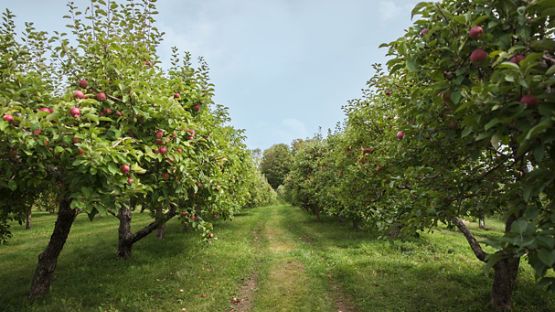Living
The Home Blog: Enrich and protect the places, people, and moments you treasure.
Driving
The Auto Blog: Tips for the trips that get you there smartly and safely.
Protecting
The Prevention Blog: Keeping your home, car, and property safer from harm.
Sustaining
The Sustainability Blog: Building stronger, more inclusive and more resilient environments and communities for a better tomorrow.

10 Jul 2024
How rainwater harvesting can help you save water and the environment

12 Jun 2024
Celebrating our Charged for Change Communities: Town of Pelham, Ontario implements EV Charging Stations

12 Jun 2024
Celebrating our Charged for Change communities: The County of Prince Edward, Ontario implements EV Infrastructure

12 Jun 2024
Celebrating our Charged for Change communities: Township of Selwyn, Ontario implements electric charging infrastructure
Leading
The Thought Leader Blog: Experts and specialists lead the way on topics from A to Z.

1 Aug 2023
An Arrow aimed at tomorrow: What do automotive engineers do

1 Aug 2023
An Arrow aimed at tomorrow: How to build your own electric car (EV)

1 Aug 2023
An Arrow aimed at tomorrow: Autonomous EV engineering in Canada

2 Mar 2023
Embracing Equity this International Women's Day
Copyright in the whole and every part of this site belongs to Aviva Canada Inc., unless otherwise indicated, and may not be used, sold, licensed, copied or reproduced in whole or in part in any manner or form or in or on any media to any person without the prior written consent of Aviva Canada Inc.













